How To Overhead Squat: Everything You Need to Know
Author:
Reviewed by:
(21 years of Oly Lifting experience)
Unlock your full potential by engaging with our experts and community! Have questions about your fitness journey or looking for expert advice on weightlifting techniques? Don’t hesitate — leave a comment below and Sergii Putsov will provide a personalized answer and insights to help you reach your goals.
Torokhtiy is reader-supported. Some links are affiliate links, and we may earn a commission at no extra cost to you. See our disclosure page for details.
When it comes to complex exercises, perhaps there’s no better one than the so-called overhead squat. With that said, unlike most exercises which are relatively easy to learn and perform (even as a beginner), the overhead barbell squat has a learning curve and is a lot more challenging.
That’s why in this article, we will be talking all about how to perform an overhead squat with proper form, and what are the most important benefits in performing this movement. Also, we will be discussing some alternative overhead squat exercises for beginners. Last but not least we will be showing you how you can start building strength the right way to perform this Olympic lift.
The overhead squat is the foundation of the snatch, the pinnacle of core training, and is unrivaled for creating powerful athletic performance. This practical jewel honed the essential component of sport movement: the effective transmission of energy from large to small body components.
It is therefore a crucial instrument for enhancing speed and power. Learning how to properly perform anoverhead squat is essential to maximize your overall upper and lower extremity strength.
Beside the benefits of improving your overall strength and performance the overhead squat develops great shoulder mobility and stability, overall flexibility and core strengthening correcting any muscle imbalances that you may have in your body.
Let’s dive in.
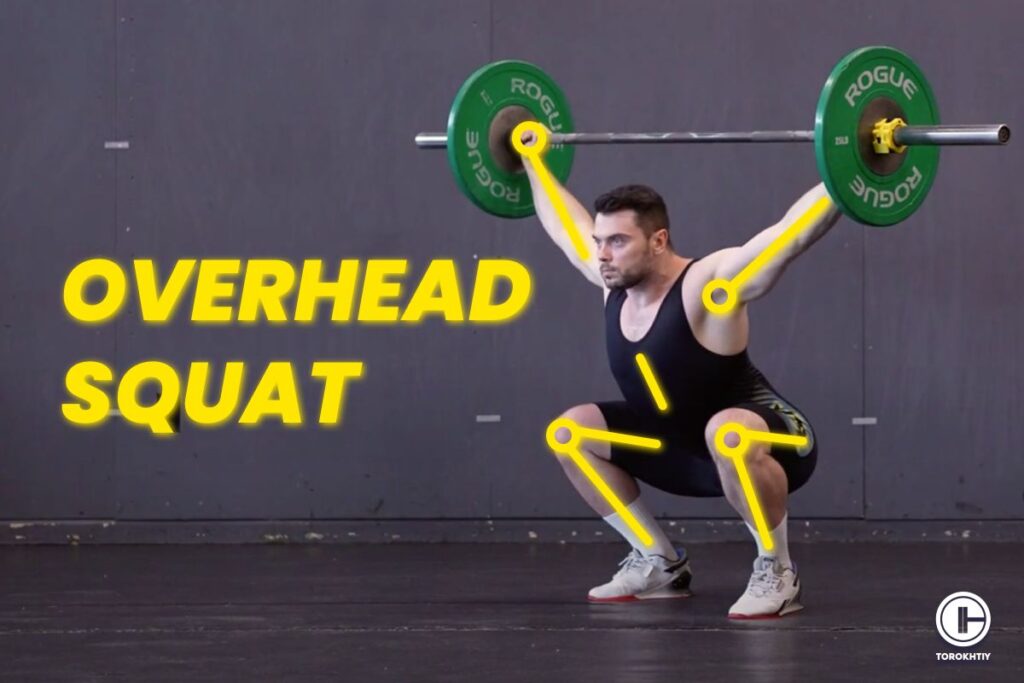
Overhead Squat: General Description
The overhead squat is one exercise that truly targets your entire body – from your shoulders and back to your core and the entire lower body. When performed with proper technique, it can enable you to increase your strength and work on your mobility and flexibility so that you can do other exercises better.
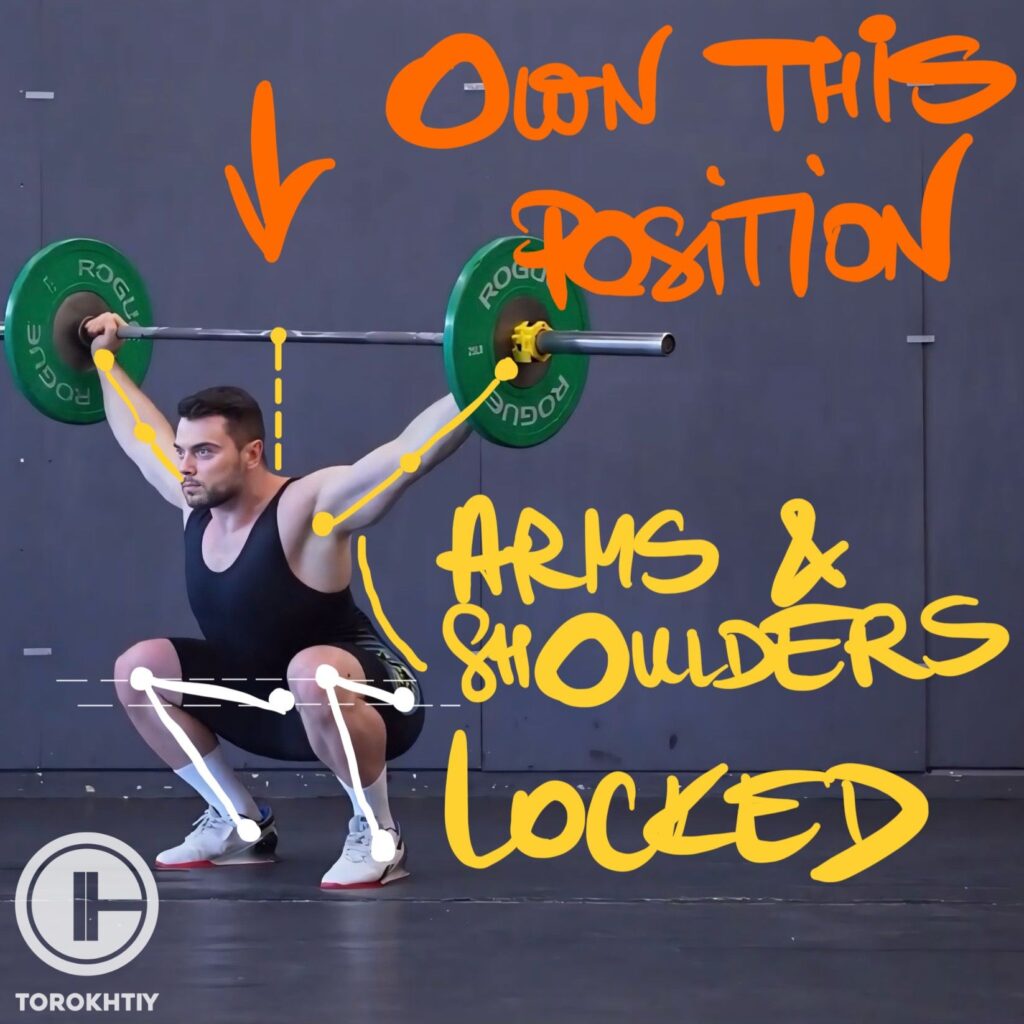
With that said, the overhead squat is an Olympic lift that’s not always suitable for complete beginners. The biggest challenge with it is that it often highlights all sorts of mobility weaknesses and stability limitations that you might have, especially related to thoracic spine, shoulder, ankle and hips.
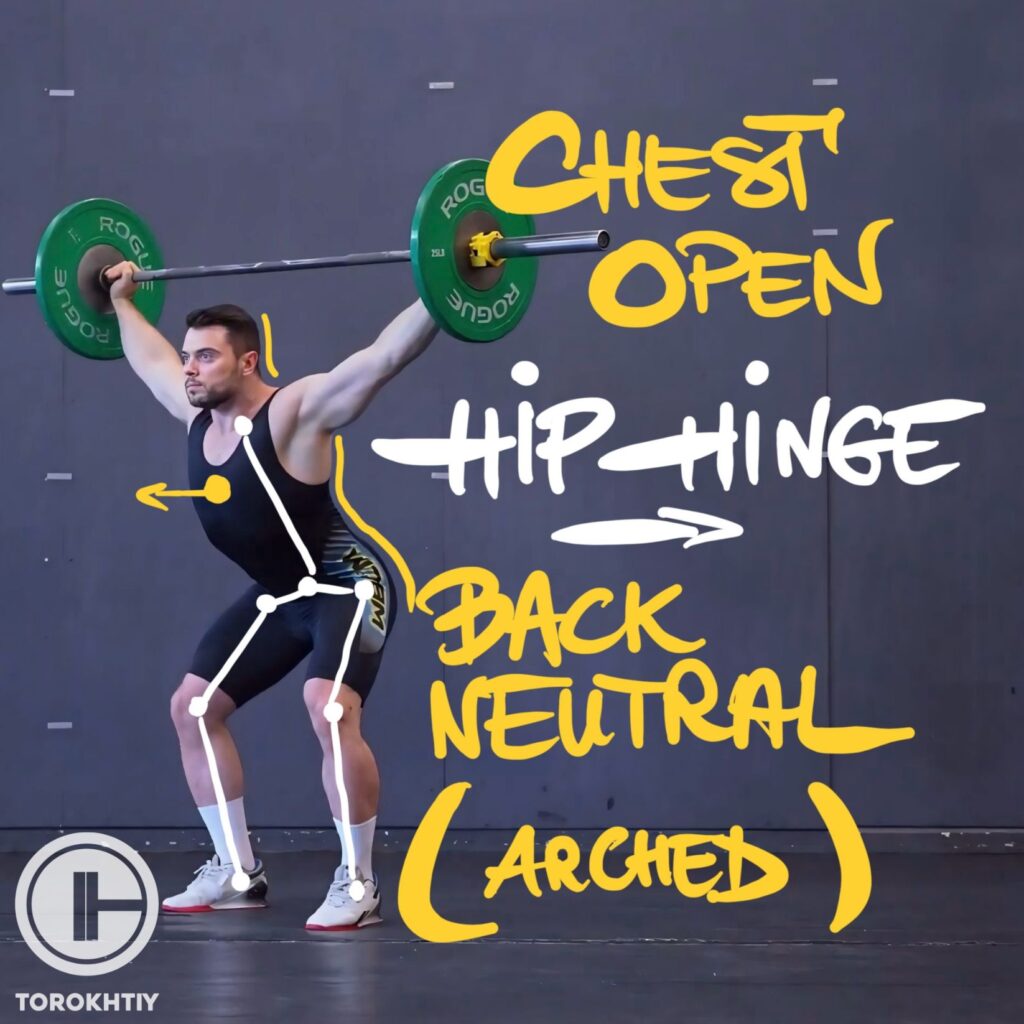
That’s why it’s almost impossible for some people to perform this exercise with proper form, even more so when they haven’t learned the proper overhead squat technique.
Having said that, even though it’s difficult and challenging, the overhead squat is one exercise you should be doing. If you’re a beginner, you can start with overhead squat progression until you train yourself to the point where you can do the actual exercise with no issues
The Benefits of Overhead Squat
One of the best things about the overhead squat is that it helps you find the weaknesses you have in your body. It shows you where you lack mobility or strength and hints at what you need to work on. But that’s just one of many benefits of performing this complex exercise. Other ones include.
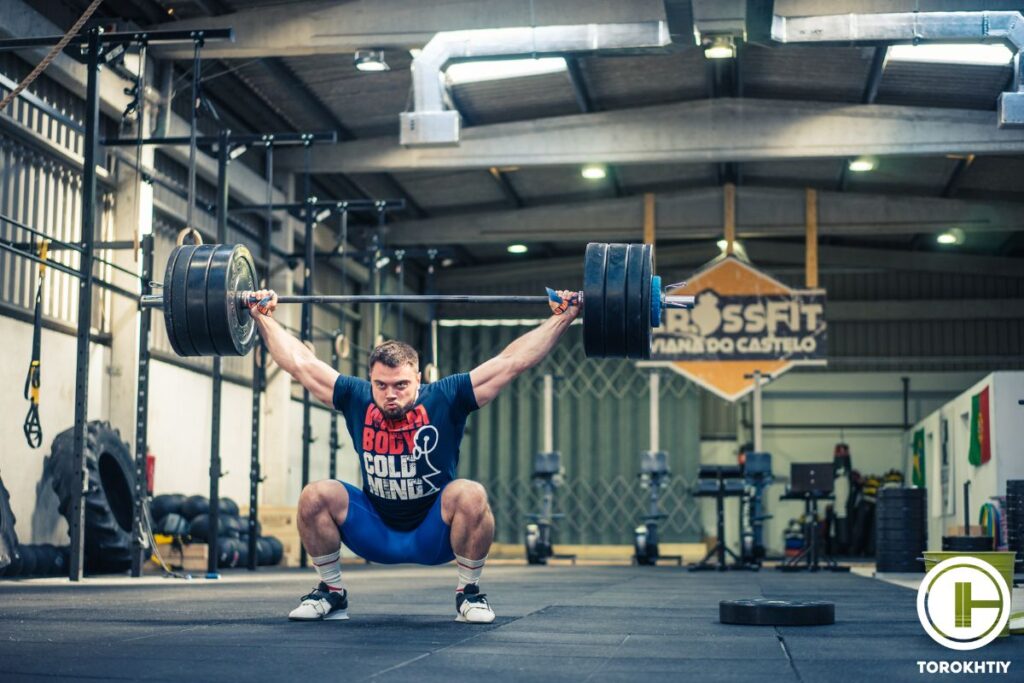
Increased Strength
When people ask, “what muscles do overhead squats work” the answer is always – “almost all of them.” The overhead squat is a full-body complex exercise that doesn’t only target your upper or lower body, it trains almost all the muscles in the body.
With the weight being above your head in the squat position, you’re using more muscles from each side of your body compared to if you were just doing a regular squat with your arms hanging down your sides. This trains your stability and balance because it requires your core to work on keeping you in the correct spot throughout the entire exercise.
Improves Balance
The overhead squat is just for you if you want to improve your balance. It’s an exercise that requires you to use your core and leg muscles to maintain proper form throughout the entire range of motion. And so, if you have poor balance by regularly incorporating overhead squats into your training routine, you will surely improve quickly, and you will see that that translates to other weightlifting exercises.
Maximizes Your Core Strength
Your core is the center of your body, and it’s what essentially helps utilize the strength of your upper and lower halves. The muscles in your core also help you maintain good posture and keep balance – for most athletes having a strong core is vital for athletic performance.
And it also helps prevent lower back injuries. The overhead squat is a great way to work your core while also putting the needed emphasis on developing lower and upper body strength.
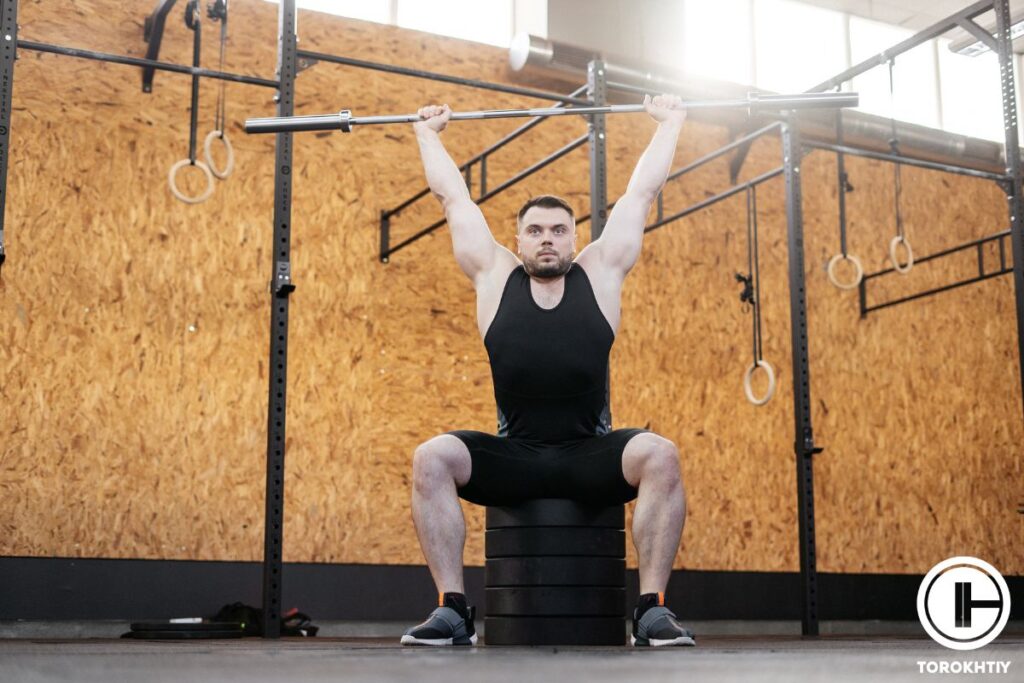
Overhead Squat Technique
As already mentioned, the overhead squat is a complex exercise, and when it comes to doing it with the proper technique, there are various things you need to keep in mind. For that reason, we’ve outlined our three most crucial tips for overhead squatting like a pro.
Follow us!

Free!
Get a 2-week Weightlifting Program as a bonus for the subscription to kickstart your training plan!

Free!
Watch Your Squat Positioning
When you start going down in a squat, you need to start pulling the weight behind you while maintaining your upper body position just as it was at the start. During the exercise, you should be able to pull the weight behind you while maintaining integrity throughout the spine and a lumbar curve. For you to do that, you need to already have both strength and flexibility in your midline.
Along with that, squatting below parallel will help you train your body and muscles so that when you’re doing other Olympic lifts, you feel more prepared and ready to do them.
Be Mindful of Your Grip
The best grip for overhead squatting is a wide one – this means gripping it where you would when doing a snatch, or maybe just a little wider. It’s best to play around with it a little until you find the wide grip that’s most suitable for you, depending on what fits your shoulder and upper body best.
Along with that, you will want to make sure you wrap your pinkies around the barbell, and you truly drive them into the bar – this will help you feel more stable during the exercise.
Maintain Active Shoulders
When you first raise the bar above your head, you need to be very aware of your shoulder positioning. Pressing the bar into the air requires active shoulder work and support from the upper back muscles and the lats. Make sure you’re not over-activating the shoulders or shrugging, as that will tax the traps and won’t provide the same kind of stability and support.
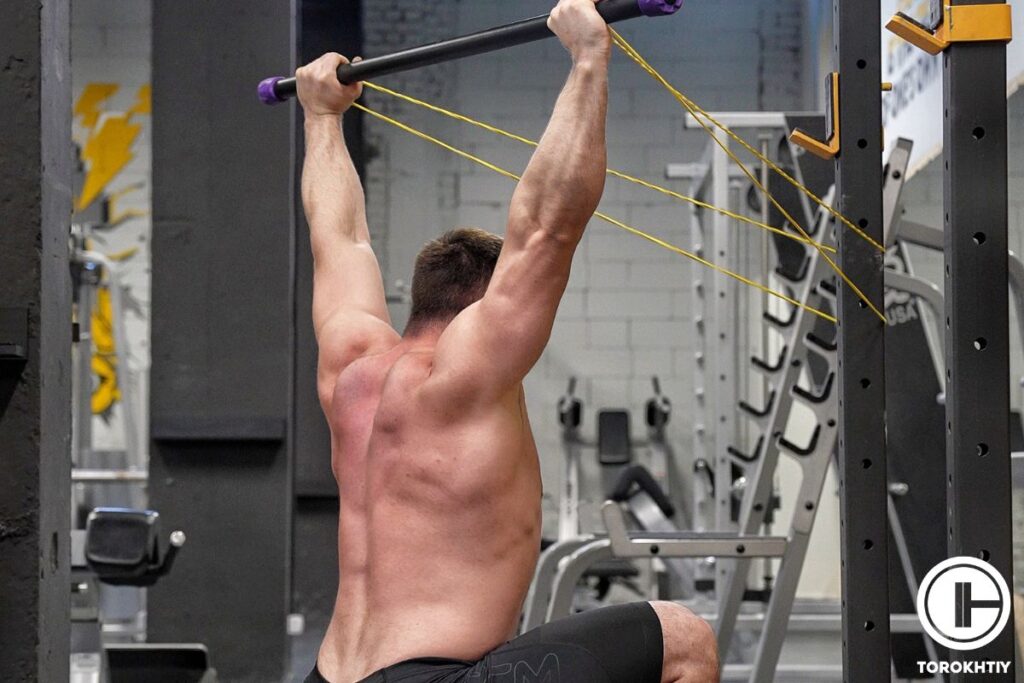
Overhead Squat Progression: Guide for Beginners
Most beginners aren’t able to do an overhead squat on the first try. And that’s normal since it’s a complex Olympic weightlifting exercise that requires some getting used to. However, that’s also the reason why we have an overhead squat progression made specifically for beginners so that they can work up to a physical level where they can perform the actual exercise. Let’s take a look at how that happens.
Step 1: Bodyweight Squats
At the very beginning, you will need to perfect the squat exercise without any additional weight. Typically, this means first learning the so-called air squat, where your arms are extending above the knees, and you’re just going up and down. Once that’s done and dusted, you can go ahead to the wall-facing squat, which prepares you for squatting while keeping your arms above your head.
This exercise will help you see whether you’re mobile enough in the upper body and whether you need to work on its mobility before adding weight. This variation of the exercise is more complex than the simple air squat, because it requires you to keep your back extended throughout the entire range of motion.
Step 2: Snatch Grip Behind the Neck Press
Learning how to place the barbell overhead correctly is vital before continuing into the actual overhead squat. The snatch behind neck push press trains exactly that, and it’s a fantastic exercise for learning to place the barbell overhead safely and properly. It helps you develop upper body strength and stability, which will, later on, be useful for other lifts as well.
Step 3: Banded Overhead Squat
Before doing the actual overhead squat, starting with an overhead banded squat is a safe and great variation to master this complex movement. That’s useful for training the bottom of the squat position while also actively trying to press up with the upper body.
It helps your body get used to deep squats position while working through the resistance of the band over your head. Along with that, it lets you see whether you have any hip or ankle mobility issues that might prevent you from doing the actual exercise.
Step 4: Snatch Grip Bottom Press
This exercise is incredible for training pressing the barbell overhead while you’re at the bottom of the squat position. It’s a pretty advanced movement that already requires you to have a lot of mobility in both the upper and lower halves of your body, as it challenges your ankles, knees, shoulder, and hip joints while also making sure you’re able to keep your torso straight while performing the movement.
The snatch grip bottom press develops core strength and stability while teaching you proper form and helping you find pressing mobility issues that you need to work on. If you’re able to do it with proper form and for a prolonged period of time, you’re one step closer to doing the actual overhead squat.
Step 5: Barbell Overhead Squat
The exercises described so far in this article will give you a great foundation of strength and mobility so that you can successfully do the most difficult exercise – the overhead squat with a barbell. Before moving on to this exercise, our first tip is to warm up with a PVC pipe first and only once you’ve done a few sets to start with an empty barbell.
Slowly, gradually adding the weight will help you find your comfortable one, and you will also be able to warm the muscles up.
Overhead Squat Alternative
For some people, the overhead squat remains quite a taxing and challenging exercise. Others are not able to perform it and enjoy the benefits it brings due to past injuries or present mobility issues. Thankfully, some overhead squat variations are specifically designed to give some of the benefits from the exercise while putting less or different kinds of pressure on the joints, tendons, and muscles.
Dumbbell Overhead Squat
There are two ways to do this exercise – either with one dumbbell or with two dumbbells, one in each hand. And there’s quite a difference between the two variations.
If you’re struggling with your shoulder mobility in the overhead squat, then you can try doing them with only one dumbbell. For most people, keeping one dumbbell in an overhead position is significantly easier than a bar. On the other hand, doing the overhead squat with two dumbbells can be even more challenging than doing the exercise with a barbell.
This is mainly because the bar allows you to grip as wide as you need, depending on the mobility of your shoulder. But with dumbbells, you need to keep them directly over the shoulder, as allowing them to go wide will make it impossible to hold overhead.
Nonetheless, this variation of the exercise adds some flair to it, and it’s a nice way to train the same muscle groups but with a slightly different movement.
Barbell Overhead Lunge
This exercise is super cool because it can be used as both an alternative to the overhead squat and also as a progression toward doing that movement. It requires you to lunge while holding the barbell overhead, and for people with mobility issues in the lower body (ankle, hip, or knee) it’s a lot more forgiving.
It’s a great exercise for people that are already advanced in the gym and have good upper body mobility and enough strength in the lower one but lack the mobility to squat with depth. We recommend alternating between overhead squats with a PVC pipe and this exercise if the goal is to improve lower body mobility.
Goblet Squat
This is a beginner-friendly variation of the exercise, which is great for developing lower body strength and learning the right squat position. It’s good for figuring out whether you have any issues with mobility in the hips, ankles, or knees, and it’s a terrific starting point for people who have never done strength training before.
Over time as you start to progress, it’s a good idea to add weight by using heavier kettlebells, as that will allow you to become more resilient and will build the kind of muscles you need to progress in your lifting journey.
FAQ
Why is Overhead Squat so Hard?
The overhead squat is challenging because it requires you to have great strength, mobility and stability in both the upper and lower body to do it correctly. It’s a full-body Olympic lift that’s mainly done by athletes who are not novice and have the proper understanding and mechanics to do it the right way. Even for them, it remains challenging because it not only requires you to be strong and mobile but also challenges your stabilization and balance.
Is an Overhead Squat Better Than a Back Squat?
It’s not better or worse; it’s just a difference. Due to its movement carryover to the snatch, the overhead squat is frequently performed by Olympic weightlifters. With the back squat, you’re primarily challenging the muscles in your lower body and core, and so it requires you to be mobile and strong only in the ankle, hip, and knee joints.
On the other hand, the overhead squat is a full-body exercise that challenges your shoulders, back, and core, along with your entire lower body. Both movements are great and have their rightful place in an exercise program, but they ultimately serve a different purpose.
Can Everyone Do an Overhead Squat?
Everyone can learn to do an overhead squat if they’re willing to put the work in. And if they don’t have any injuries that have led to mobility issues. The overhead squat is a slightly more challenging exercise, and it’s typically tough not only for beginners, but also for advanced athletes.
However, if you do all the progression work correctly and you slowly build the required mobility and strength, you will surely be able to perform an overhead squat.
Conclusion
The overhead squat is a challenging but extremely beneficial exercise when performed right. This movement benefits most athletes on maximizing strength, power and body awareness, as it helps build strength while also working on stability, balance, and mobility. It’s an Olympic lift that is not always suitable for beginners.
But thankfully, there are many variations of this exercise that can help you prepare for doing the actual movement, and working on doing so will help you become a better overall athlete. Having said that, we would like to ask you for your opinion. Do you do the overhead squat? Was it hard to progress to it? Do you find it beneficial for your training? Let us know in the comments.
Also read:
- Elbow Mobility Exercises
- Upper Body Stretch
- Shoulder Mobility Exercises
- Scapular Mobility Exercises
- Overhead Squat Assessment
- Trapezius Stretches
- 4 Week Squat Program
- 10 Week Squat Training Program
- 8-Week Squat Program
References:
- The Overhead Squat: What Is It Good For? // Bodybuilding: https://www.bodybuilding.com/content/the-overhead-squat-what-is-it-good-for.html
- Designing a Strength Program: Importance of Core Stability // BridgeAthletic: https://blog.bridgeathletic.com/designing-strength-program-importance-of-core-stability
- How to Do an Overhead Squat: Proper Form, Variations, and Common Mistakes // Very Well Fit: https://www.verywellfit.com/how-to-do-an-overhead-squat-4685854
- Effects of specific muscle imbalance improvement training on the balance ability in elite fencers // National Library of Medecine: https://www.ncbi.nlm.nih.gov/pmc/articles/PMC4483447/
- Shoulder Position for the Overhead Squat // JTSstrength: https://www.jtsstrength.com/shoulder-position-for-the-overhead-squat/
Why Trust Us?
With over 20 years in Olympic weightlifting, strength training, nutrition coaching, and general fitness our team does its best to provide the audience with ultimate support and meet the needs and requirements of advanced athletes and professional lifters, as well as people who strive to open new opportunities and develop their physical capabilities with us.
By trusting the recommendations of our certified experts in coaching, nutrition, and sports training programming, as well as scientific consultants, and physiotherapists, we provide you with thorough, well-considered, and scientifically proven content. All the information given in the articles concerning workout programming, separate exercises, and athletic performance, in general, is based on verified data.
The product testing process is described in more detail here.
Author: Sergii Putsov
Head of Sport Science, PhD
Best Results: Snatch – 165 kg,
C&J – 200 kg
Sergii Putsov, Ph.D., is a former professional weightlifter and National team member, achieving multiple medals in the 94 kg weight category at national competitions. With a Master’s degree in “Olympic & Professional Sport Training” and a Sport Science Ph.D. from the International Olympic Academy, Greece, Sergii now leads as the Head of Sport Science. He specializes in designing training programs, writing insightful blog articles, providing live commentary at international weightlifting events, and conducting educational seminars worldwide alongside Olympic weightlifting expert Oleksiy Torokhtiy.
Reviewed by: Oleksiy Torokhtiy
Olympic Weightlifting Champion
Best Results: Snatch – 200 kg,
C&J – 240 kg
Oleksiy Torokhtiy is a professional athlete boasting 20 years of experience in Olympic weightlifting. With multiple European and World titles under his belt, he has showcased his prowess in two Olympic Games (Beijing 2008 and London 2012). Upon concluding his illustrious career, Oleksiy dedicated himself to coaching. By 2022, he had conducted over 200 weightlifting seminars worldwide. He is the visionary behind an international sportswear and accessories brand known for its motto, “Warm Body Cold Mind.” Additionally, he is an esteemed author and the creator of a series of training programs and eBooks.
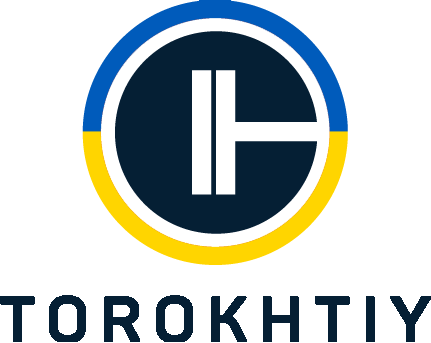



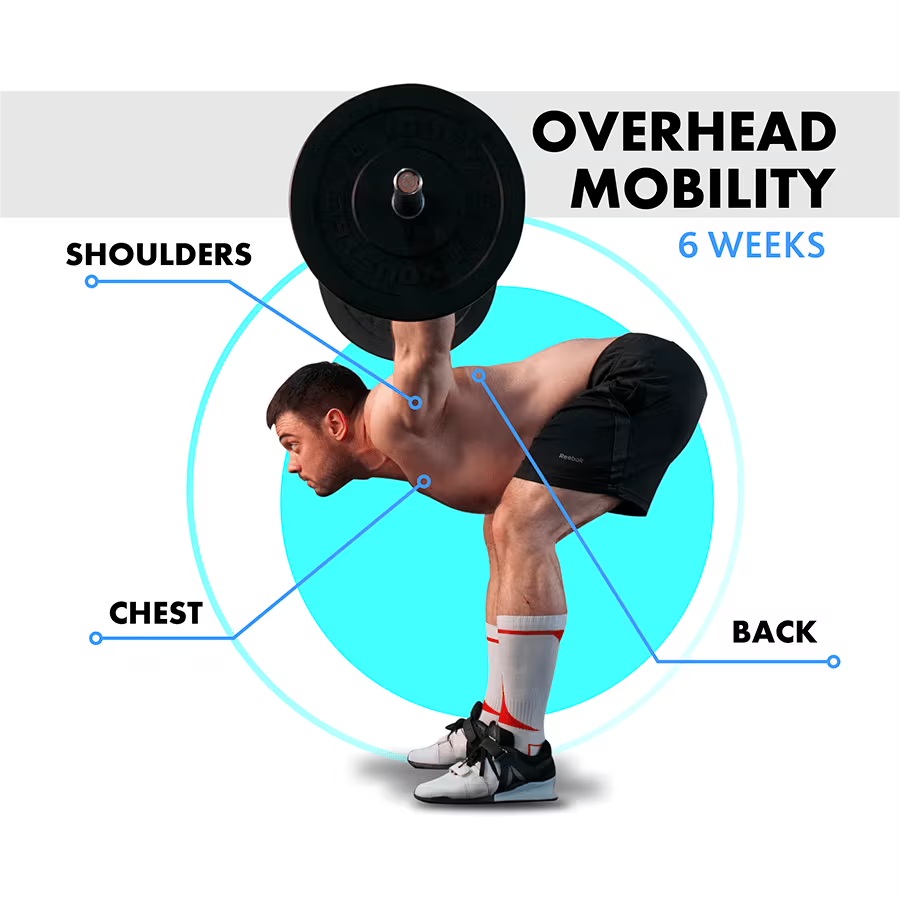
Still have questions after reading our article? Unlock your full potential by engaging with our experts and community! Don’t hesitate — leave a comment below and Sergii Putsov will provide a personalized answer and insights to help you reach your goals.